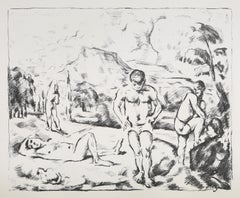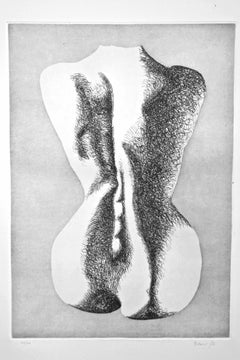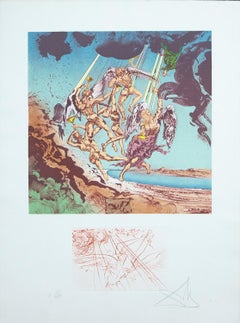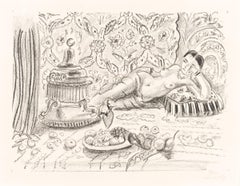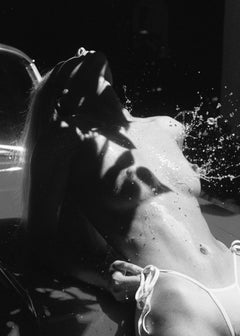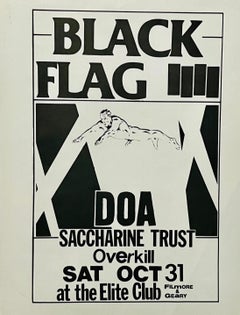Unframed Nude Prints
1970s Modern Nude Prints
Photogravure
1970s Contemporary Figurative Prints
Etching
1970s Surrealist Figurative Prints
Lithograph
1920s Fauvist Nude Prints
Lithograph
21st Century and Contemporary Modern Nude Prints
Archival Ink, Rag Paper, Giclée
1980s Pop Art Nude Prints
Offset
1980s Pop Art Prints and Multiples
Lithograph, Offset
1970s Contemporary Figurative Prints
Lithograph
Mid-20th Century Modern Nude Prints
Lithograph
1980s Pop Art Nude Prints
Lithograph, Offset
21st Century and Contemporary Contemporary Nude Prints
Archival Paper
1980s Contemporary Figurative Prints
Lithograph
1950s Modern Nude Prints
Lithograph
1910s Nude Prints
Lithograph
21st Century and Contemporary Contemporary Figurative Prints
Archival Pigment, Screen
1960s Surrealist Nude Prints
Etching
Mid-20th Century Modern Nude Prints
Lithograph
Mid-20th Century Surrealist Figurative Prints
Paper
1910s Impressionist Nude Prints
Etching
21st Century and Contemporary Modern Nude Prints
Archival Ink, Rag Paper, Giclée
20th Century Surrealist Figurative Prints
Watercolor, Etching, Aquatint
1950s Impressionist Nude Prints
Lithograph
2010s Contemporary Black and White Photography
Photographic Paper, Plexiglass, Archival Paper, Archival Pigment
1950s Figurative Prints
Paper, Monotype
1960s Modern Nude Prints
Lithograph
20th Century Abstract Geometric Abstract Prints
Screen
1960s Feminist Figurative Prints
Screen, Paper, Acrylic
1970s Pop Art Nude Prints
Etching
Late 20th Century Realist Nude Prints
Lithograph
Late 19th Century Symbolist Nude Prints
Handmade Paper, Photogravure, Stencil
1970s Modern Nude Prints
Photogravure
Early 1900s Impressionist Nude Prints
Etching
1970s Abstract Expressionist Portrait Prints
Lithograph
1910s Modern Figurative Prints
Paper, Engraving
21st Century and Contemporary Pop Art Nude Prints
Lithograph
1990s Contemporary Nude Prints
Mezzotint
2010s Nude Prints
Screen
1910s Impressionist Nude Prints
Etching
1960s Modern Nude Prints
Etching
2010s Contemporary Interior Prints
Lithograph
1930s Modern Nude Prints
Lithograph
1960s Feminist Figurative Prints
Screen, Paper, Acrylic
Mid-20th Century Modern Nude Prints
Aquatint
Mid-20th Century Modern Nude Prints
Aquatint
1980s Surrealist Nude Prints
Offset
1960s Nude Prints
Lithograph
1930s American Modern Nude Prints
Woodcut
1920s Expressionist Nude Prints
Other Medium
20th Century Surrealist Figurative Prints
Watercolor, Etching, Aquatint
1960s Modern Nude Prints
Lithograph
1990s Contemporary Nude Prints
Screen
1930s Academic Nude Prints
Etching
1980s Contemporary Nude Prints
Paper, Lithograph
1970s American Realist Portrait Prints
Offset
1960s Nude Prints
Lithograph
1980s Pop Art Nude Prints
Paper, Drypoint, Etching, Aquatint
1930s Academic Nude Prints
Etching
1910s Impressionist Nude Prints
Lithograph
1970s Nude Prints
Lithograph
1950s Modern Figurative Prints
Lithograph
